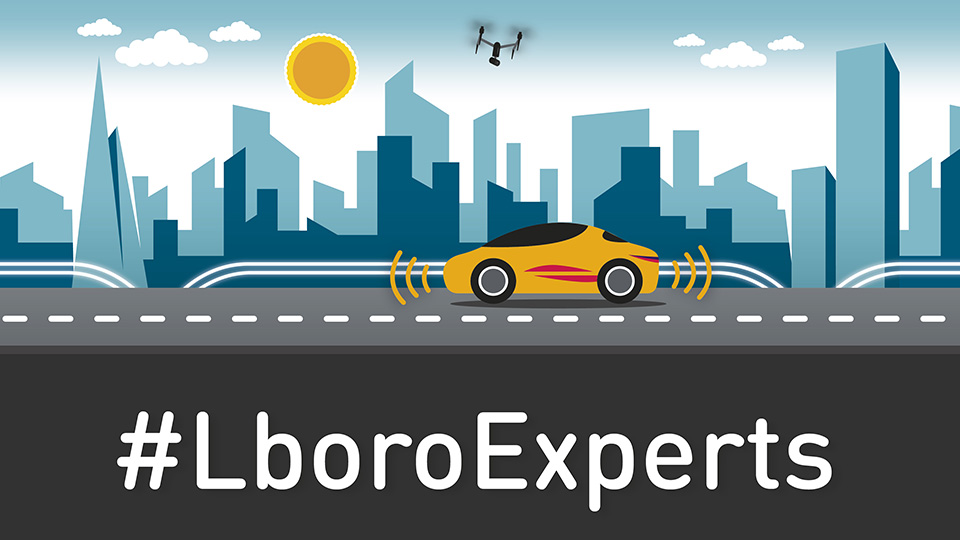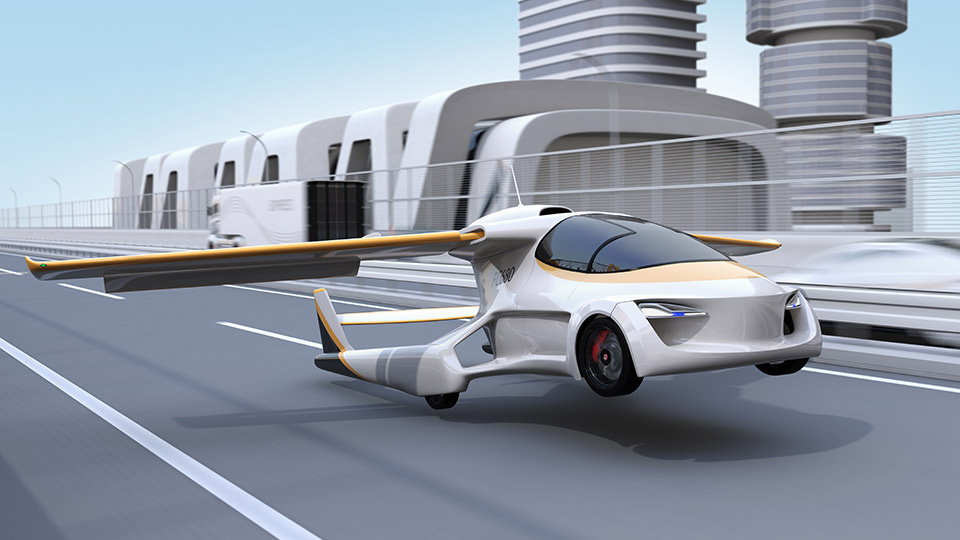14 Jan 2020
Are self-driving cars safe? Expert on how we will drive in the future
 This article first appeared in the Conversation.
This article first appeared in the Conversation.
Cars are changing – fast. But are innovations such as autonomous and flying cars a bright new dawn, or just a wild pipe dream? And if they become the future’s way of getting from A to B, can we trust them to take us there safely? Here are five key questions answered by Loughborough University's Professor Andrew Morris, an expert in Human Factors in Transport Safety.
Are self-driving cars safe?
At present, the general public doesn’t trust the concept of autonomous vehicles. In a recent survey, 15% of the US public said they don’t believe there will ever be an autonomous vehicle on the market, and 42% said they would never ride in a fully automated vehicle. In addition, 56% of those surveyed would demand 100% safety before they would take a ride, and 60% said they’d demand the same level of safety – 100% – before letting a family member step into a fully autonomous vehicle.
But is this fair? The Eno Center for Transportation, a non-profit, independent think tank in Washington DC, has commented that “driver error is believed to be the main reason behind over 90% of all crashes”. Replacing driver-controlled cars with autonomous ones could result in far safer road travel.
To get to this point, however, all the vehicles on the road would have to be autonomous. It may be many years before this is the case, with a survey claiming that by 2034, autonomous vehicles will make up just 10% of all vehicles being bought and sold.
So, we know that this will take some time and, in the interim, there will be a mix of fully autonomous, partially autonomous and non-autonomous vehicles on the roads. This has the potential to cause problems. For example, cyclists or pedestrians crossing the road may make misplaced assumptions about a vehicle’s capability to detect them.
We need to be certain that autonomous vehicles will be safe and reliable, and there is still some way to go. There have already been a handful of cases where autonomous vehicles have killed or seriously injured other road users when they did not act as predicted in certain traffic scenarios.
Autonomous vehicles will also only be able to operate on certain roads where appropriate infrastructure is in place – for example, road markings and signs – so that the vehicle can “read” the road and know what to do in different situations.
Without these, the vehicle will either give up and shut down altogether (leaving its occupants stranded), hand control to the driver (thereby defeating the object of vehicle autonomy), or do something entirely unpredictable and possibly disastrous.
Read the full Q&A session with Professor Morris, of the School of Design and Creative Arts, in the original Conversation article here.

A video playlist of Professor Morris answering different questions on the future of transport can also be found here.












